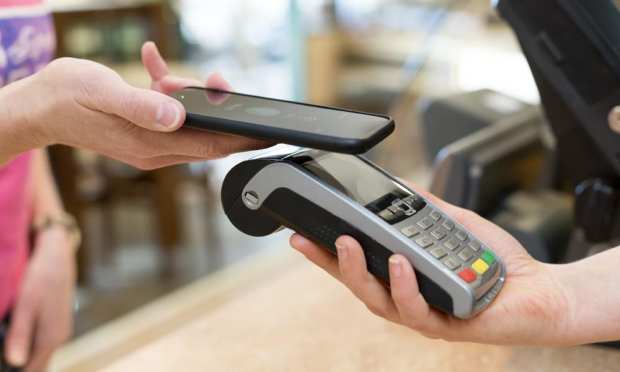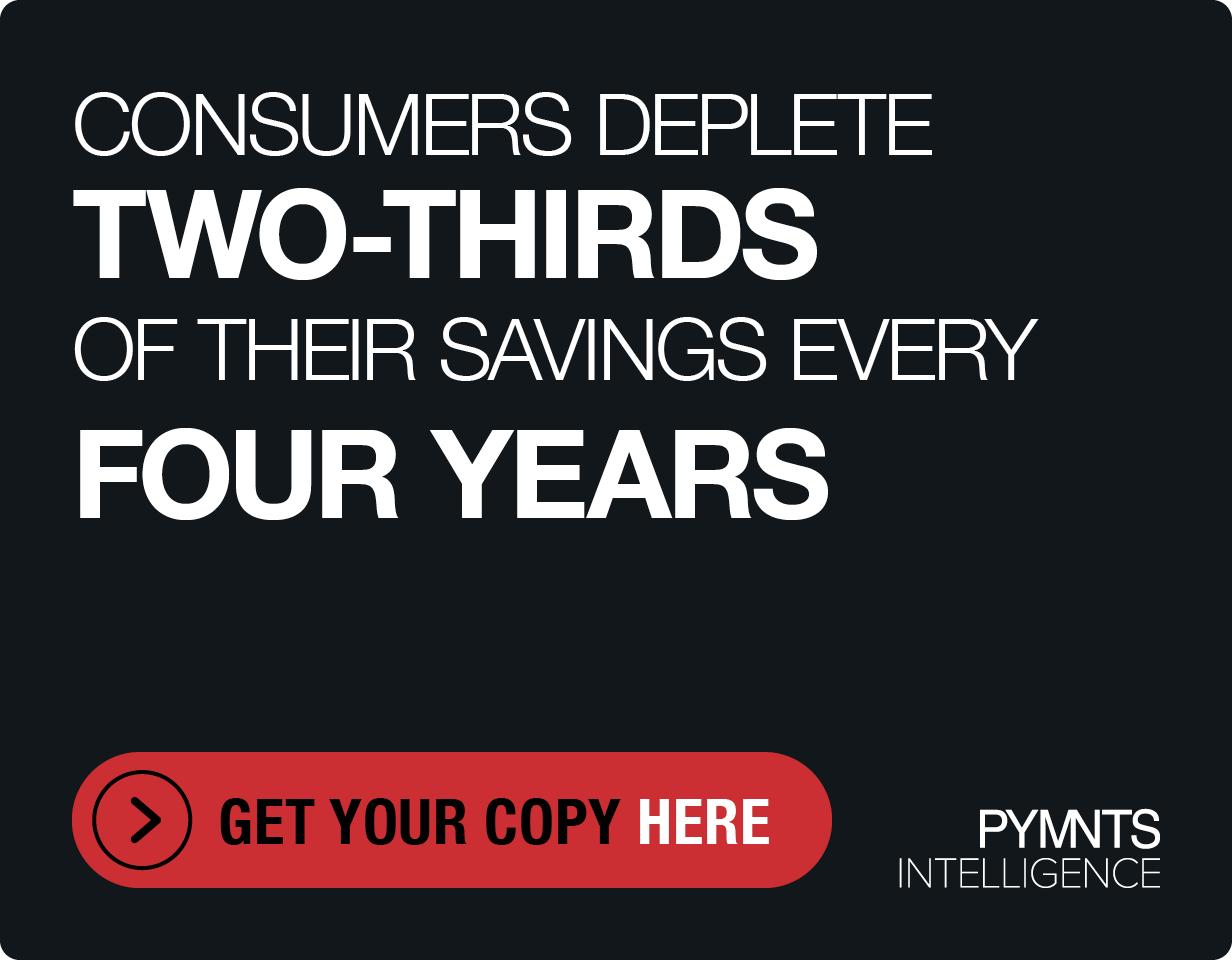Preparing Merchants For The Coming Mobile Wallet Boost

Call it the great shift.
We’re still navigating the pandemic — which means doing what we used to do offline, increasingly, through digital means. As PYMNTS found in a recent consumer study, 40 percent of individuals are doing more of their daily retail and transactions online, partly because, well, there’s no other way to do it. And as many as 22 percent of the population surveyed said those habits would stick.
Merchants must be prepared for a new world, post-pandemic, that will not be purely brick-and-mortar, but will also embrace order-ahead, curbside pickup and delivery options, with a dwindling reliance on cash changing hands.
To that end, said Matt Good, senior vice president and general manager of Elan Advisory Services, the shift to contactless payments is well underway — and the stage is being set for mobile wallets to gain a much wider embrace.
Merchants, he said, “need to make sure they not only accept credit cards but also contactless payments.”
Not long ago, contactless meant using tangible cards — the type pulled from wallets and waved at the terminals. But as Good explained, the definition of contactless needs to expand as firms re-examine their digital strategies.
“Even before this crisis, over the past couple of years, contactless has moved beyond just the plastic and the tap and pay or tap and go to include mobile wallets,” he told Webster.
Even in today’s environment, which is dominated by concerns over public health and risk, consumers face a moment of reckoning at the point of sale at open stores. It’s a reckoning that that can help them cross the Rubicon toward contactless (and, specifically, mobile) payments.
The individual who instinctively reaches for the plastic credit card to insert at the terminal may think twice about touching hardware that likely has been touched by dozens or hundreds of other hands that day.
Even waving the card at the point of sale (POS) may face headwinds because of transaction limits. The result: Mobile payments, and mobile wallets, will be embraced more fully.
“Hopefully this will start to push people toward understanding the value of using the mobile wallet — and the ease of using it,” Good told Webster.
Some stats bear out the fact that we’re already seeing the change taking root, he said. A recent survey showed that during April alone, 50 percent of U.S. consumers said they had made at least four contactless payments during the month.
And 57 percent of those same consumers said they would be more comfortable using mobile wallets and making contactless payments even after the coronavirus crisis fades.
As Good noted, four in 10 U.S. consumers have at least one contactless card — and in the last two months, 30 percent have made mobile wallet transactions for the first time. “That growth is tremendous, and merchants need to be able to handle that,” he said.
There’s another side to contactless that moves beyond convenience and ties into security. “Things are definitely shifting toward digital,” Good said. “And that is something that merchants, as well as community banks and credit unions, must be prepared for.”
Getting Prepared
To prepare for that digital shift — and for community banks to seize the opportunity that lies before them — Good said it’s important for those banks to examine whether they have the right processors to help corporate clients integrate contactless offerings into their POS systems. For credit unions (CUs) and community banks serving those small businesses, partnerships can help speed up the process of providing financial services and to enable new payment flows for merchants.
The merchants, he said, especially SMBs, are likely to feel comfortable reaching out to credit unions to get that integrated payments functionality up and running. There’s a level of trust on the part of the merchant base that they’ll get the training, guidance and support they needed.
“That’s a model that works for small businesses,” Good told Webster.
There’s a significant level of awareness among enterprises that they need to have contactless payments on offer – and not just for the sake of convenience.
Good pointed out that 45 percent of merchants have added the ability to accept mobile wallets or contactless security – at least in part because it’s safer not to accept cash. He stated that near-field communications (NFC) also had been a useful tool in combating fraud.
With NFC, said Good, radio transmission between the terminal and the mobile wallet ensures that no cardholder data is passed along and that tokens are instead used to complete transactions.
“NFC helps prevent fraudsters from being able to hack into POS systems and steal cardholder information, so it is truly is a safer transaction for the merchants,” he noted.
Incentivizing The Consumer
The groundwork is being laid as issuers are looking at ways to get cards into end-users’ hands even more quickly through conduits such as instant issuance, said Good.
“So when you apply for a card, you may still get plastic in a week to 10 days, but you’ll still have immediate access on your mobile phone to use the card as needed.”
And as more consumers become aware of and start using contactless payments, Good said additional opportunities exist to help merchants of all sizes boost mobile wallet usage by integrating loyalty rewards with those payments.
The Apple Card, by way of example, pays 2 percent in additional rewards if cardholders conduct transactions using Apple Pay, and US Bancorp has a similar offering for Visa cards used with the mobile app. Instant issuance and rewards programs can go a long way toward incentivizing consumers to use mobile wallets.
Against that backdrop, Good said of financial institutions and rewards programs, “if they’re not doing it, they need to, because it will provide a competitive advantage for them moving forward. Often small businesses turn to their community banks and credit unions — as they should — but when it comes to something like this, they don’t necessarily think to go to their local bank.”
For now, he said, CUs may focus on helping small- to medium-sized businesses (SMBs) navigate the current economic challenges.
“But the time will soon come,” Good told Webster, “when they’ll need to be looking at what’s next.”
